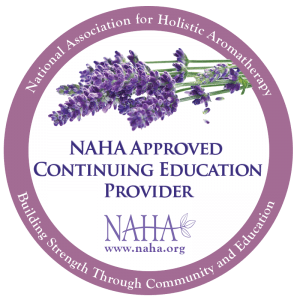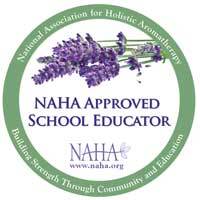If you’ve never checked out the website for the American Botanical Council (ABC), I suggest you take a peek this weekend.
Normally, the yummy stuff they offer like their journal HerbalGram is only available to paying members. But from now until Monday, October 1, all resources on the ABC website will be FREE and open to registered users (yes, they will ask for your name and email. You can specify if you don’t want to start getting an inbox full of ABC info).
Essential oil and aromatherapy data and research is included in a small percentage of this website since their focus is primarily herbal medicine, but it is still a rich resource for Aromatherapists because you’ll get a wider view of what our medicinal plant friends offer beyond essential oils.
In my opinion, anything that can help you learn more about the plants that produce aromatics, will make you a better Aromatherapist.
Here are some of my favorite features of the American Botanical Council‘s website:
 HERBALGRAM Journal
HERBALGRAM Journal
This is ABC’s scientific quarterly journal and my favorite part of the website.
Check out Issue 53, page 34. There was a superb article on The Secretory Structures of Aromatic and Medicinal Plants that will leave you breathless when you see the photographs of plant glands that produce essential oils.
VIRTUAL GAR DEN
DEN
A virtual tour of the American Botanical Council’s medicinal demonstration gardens. Some plants have links that will take you to other articles on the ABC website that contain additional information about the plant. Most of the articles are “members only”. The gardens are broken down into categories like:
- antioxidant
- first aid
- fragrance
As an aside, I was fascinated to discover the page on First Aid listed the two ingredients that were in the blend they used on my son Gianluca when he was born in the clinic in Rome, Calendua and Chamomile. You can read that story here My Unusual Introduction to the World of Aromatics.
 HEALTHY INGREDIENTS
HEALTHY INGREDIENTS
This section is devoted to plants and related materials used in dietary supplements and natural cosmetics. You click on a plant picture to learn more. Try out this link on Sandalwood.
 THE ABC CLINICAL GUIDE TO HERBS
THE ABC CLINICAL GUIDE TO HERBS
Online access to this guide is available to members at the Professional level and above. Here is a link to the Table of Contents.




